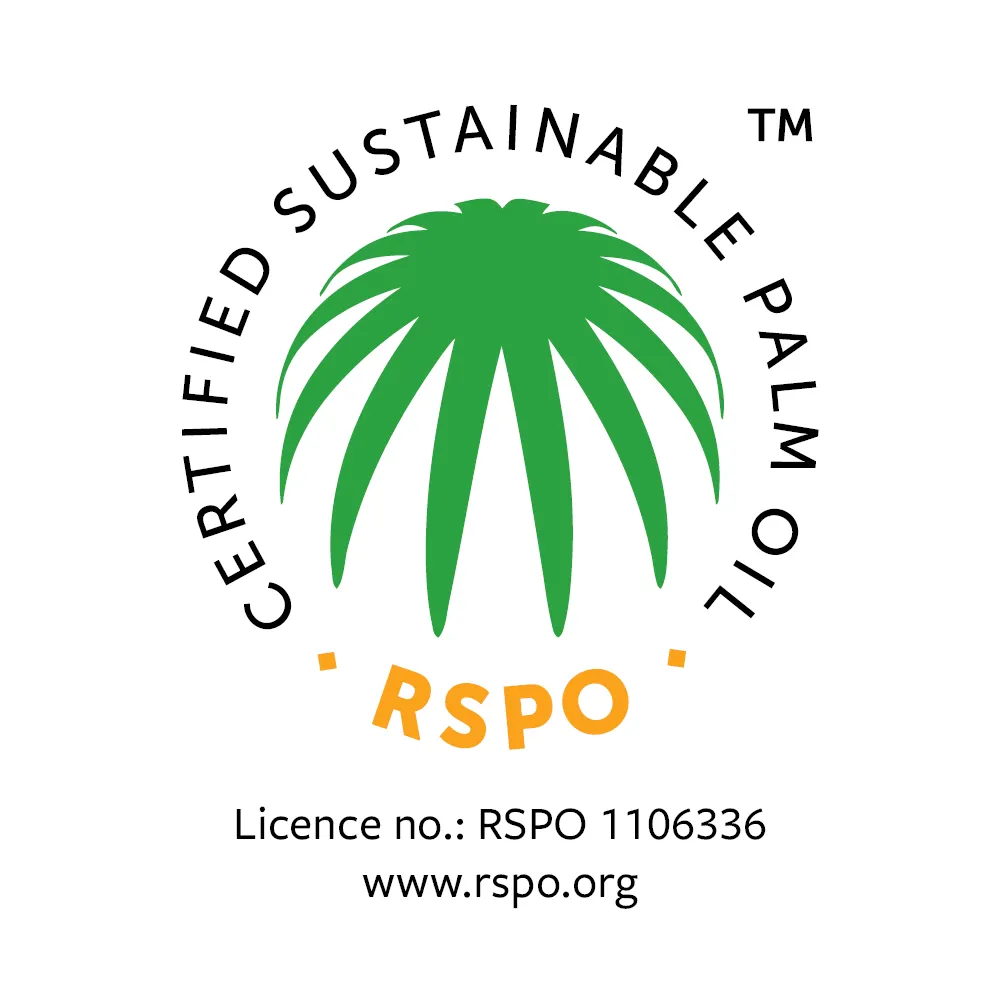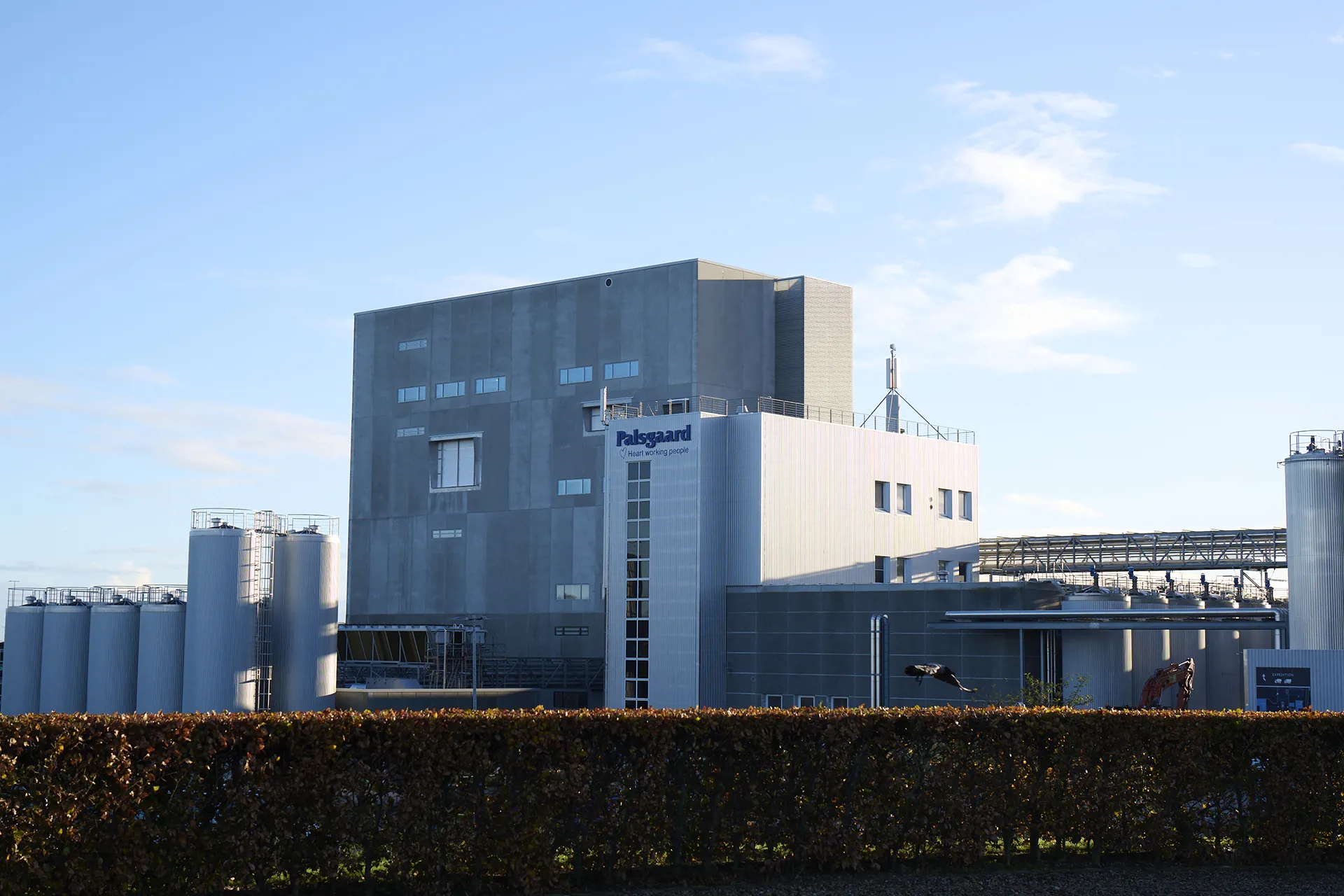Expertise and innovation
Palsgaard brings decades of expertise and innovation to the table. With our deep understanding of emulsifiers, stabilisers, and functional ingredients, we have continuously pushed the boundaries of what is possible in the industry. Our dedicated team of scientists and technical experts stay at the forefront of research and development, ensuring that our solutions are cutting-edge and tailored to meet your specific needs. When you work with Palsgaard, you benefit from our commitment to excellence and our ability to provide innovative solutions that give you a competitive edge.





